How to get around this guide:
1) Context
2) Disclaimer
3) What are opportunities?
4) What is a pipleine?
What are Keap Opportunities? What is the pipeline? Do I need it? How does it work? What does it do?
I’ll be honest – when I first started working with Keap, I didn’t know what “opportunities” were. I didn’t get it.
It felt abstract, and I didn’t see how it tied together with the rest of the platform.
So, even though I was using the software daily, I avoided it…for months.
And I know I’m not the only one.
I don’t have a course covering opportunities, I might someday, but for now, consider this Opportunities 101 – for anyone who has ever wondered what they are or where they fit, but has been afraid to ask, or just hasn’t taken the time.
I want to be clear – you might not need opportunities at all. If your sales process is entirely online and doesn’t involve manual interaction, then this may not be for you at all.
But unless you know what it does, and how it works, you don’t know what you’re missing out on.
So, what are Opportunities anyway?
‘Opportunities’ are records (like contact records), but they represent an interest, rather than a person. In Keap Pro and Max, Opportunities are called “Deals”.
Opportunities in Keap are tied to a contact. And contacts can have multiple opportunities, but opportunities can only be attached to a single contact.
Opportunities serve as a vehicle to move someone through a process, most commonly, to track their progression through a series of stages, like a sales pipeline.
Wait, what is a Pipeline?
The Keap pipeline, or sales pipeline, is just a tracking mechanism for a process. Any process, but usually a manual offline sales process.
You move opportunities through the pipeline stages you define.
The reason I say “Any Process” is that you could use Infusionsoft’s pipeline to track something other than a sales process. For example, if you have a manual fulfillment process that needs to happen after someone places an order, it might make sense to create an opportunity record AFTER someone purchases.
How does this benefit my business?
The primary benefit to a business is that it helps you get clear on the process and journey leading up to a purchase – so you can see where your sales are going to come from. As you use it, you can start to gauge “Hey, if they make it to this stage, they have an X% chance of buying.”
As you use the pipeline, it can also help you identify bottlenecks, and gives you transparency into your processes. If you know that people are getting stuck in a certain stage for much longer than you’d expect, you can then go investigate why.
Opportunities in Keap also afford you the ability to assign a projected revenue range – which helps you know the total value of the opportunities in your pipeline, or in a specific stage. When you combined this with projected “close” dates and weighted forecasting it unlocks robust reporting and analysis that can be used to inform key decisions.
You can literally help a sales team decide how to allocate their resources, or prioritize their day.
Opportunities help you track your prospects through your sales process without letting any slip through the cracks. And once you’ve got that – you can also use the stage moves to trigger automation for the repetitive follow up.
When do I create an opportunity?
If you’re going to use Opportunities to track prospects through your sales journey (or any journey) then a natural question is “When do I create an opportunity?
As soon as I get their business card? When the prospect signs up for something? Only after they’ve asked for a quote?
The answer is “it depends”. My rule of thumb is that an opportunity record should be created when it’s time for a human to get involved. And the good news is that no matter when you decide an opportunity should be created – it can be automated.
So, if the prospect has expressed interest enough to merit some human interaction, then that’s usually when I recommend creating an opportunity to track their progression.
Here’s a good article from Brett Farr over at Blick Digital covering this question, and some ideas for aligning your sales and marketing teams.
How do I get my team to use the sales pipeline?
The biggest challenge, in my experience, is adoption.
Sometimes sales teams will be resistant to the whole concept because a) they don’t want their process, or lack of process, to be exposed, or b) they worry that they’ll be replaced, or c) it’s technical, or hard, and they see it as one more thing that gets in their way.
So, because of those reasons, it’s really important that you own your adoption. Normally this is a sales manager. (I’ve been in a room with 8 sales reps who I was supposed to train on a $5k pipeline process that was built for them, and 0 of the 8 wanted it. Twas a little awkward.)
The trick is creating an appetite for it. It has to make their life easier. Usually this is by helping them focus their time. And saving them from repetitive shiz, like sending the same “I just left you a voicemail” email over and over.
Here’s a good post on sales pipeline adoption.
Can I build more than one pipeline?
Normally you’ll want to set up your sales stages to be broad or general enough that you can use it to track opportunities of all types, but in some instances, you may find that the sales journey for two of your offerings is quite different. So, in those fringe cases you can set up multiple pipelines using this strategy.
Can I automate it?
Previously my answer to this was “Moving an opportunity between stages is ALWAYS manual*. Which is by design.”
And I’d go on to explain that it’s because the pipeline process largely happens offline. Moving someone from one stage to another is a representation of offline interaction, like, having a conversation.
But in 2021 Keap released a feature that allows you to move an opportunity automatically as a step in a sequence – more on that here.
So now you can move an opportunity using automation, or trigger automation when you manually update an opportunity.
The second one is where Keap really shines – tying this offline interaction to automation. Moving an opportunity between stages and trigger and stop automation (this happens by achieving a campaign builder goal).
So, your sales rep (or whoever) will manually move an opportunity record from one stage to another – but then that manual action can trigger an automated reaction. It’s like tipping over the first domino, and then watching what you’ve built run it’s course.
Opportunities will force you, wearer of many hats, to organise, simplify and automatate your sales process – which will make it possible for you to hire someone for that role in the future.
What should my campaign look like?
Once you’ve defined your stages, and you’re ready to start layering in automation, you’ll want to design a campaign. This article shows you how to build the actual Keap campaign structure which will support the automation between each stage move.
Are you sure you don’t have a video training on this, Greg?
I’m sure. But Keap Academy has two courses on using the pipeline features.
Who can own opportunities?
Just like you can assign an owner on a contact level, you can also assign an owner on an opportunity level. But there are a few things to know:
First, for someone to be the owner on an opportunity record, they must be part of the group you’ve selected in the Opportunity Defaults section. This is usually the “Sales Rep” group, but you can change that selection under CRM >> Settings >> Opportunity Defaults.
The second thing to know is that the opportunity and contact owner could be the same person, and in many cases, that’s what you’ll want – but it doesn’t have to be. You could have one person responsible for the relationship with the prospect at large (if they’re a long term client) and a different person responsible for the specific conversation happening around that individual opportunity.
For that reason, you’ll notice settings above that allow you to choose whether or not you want to sync the owner of the contact and opportunity – and a separate setting for active vs closed opportunities.
In the screenshot above, I have “Yes” selected for syncing open opportunities – because I always want the contact owner and opportunity owner to be the same.
But I have “No” selected for syncing closed opportunities because I want to be able to see who was the owner an opportunity that has already closed, and if those were updated when the contact owner changed then I’d lose that historical record.
Can I use them on my phone?
Yup.
I get it, maybe your sales reps are on the go. And if they’re going to use Opportunities in any meaningful way, they need to be able to access and update the opportunities in their pipeline from their phone, or tablet, palm pilot, or whatever.
The Infusionsoft Mobile app DOES support opportunities. Check out this article for an overview.
Opportunities allow you to track and manage your leads. They also allow you to automate the actions that need to take place in different stages, which keeps your sales process consistent and makes you a better rep.
How do I report on this?
One of the biggest benefits of using the opportunity pipeline is that it offers you data about your sales process.
You can see where people are in the sales journey, forecast upcoming revenue, as well as highlight bottlenecks or areas where folks may be slipping between the cracks.
There is a pre-built dashboard widget that sales reps can use to manage their personal pipeline, and there is a set of reports specifically to help sales managers keep tabs on how things are going.
Ugh – do you even look at those reports and think “Why can’t they just say what they do in plain English?”
Well, apparently you’re not the only one – because Paul Sokol wrote a juicy blog post that does exactly that – it breaks down every single Sales Pipeline Report to explain not only what it does, but what questions it answers, and why you might find it valuable. Check it out here:
* You may have noticed that I said “Moving an Opportunity Stage is ALWAYS manual” and then I tossed a cheeky little asterisk in there.
Most of the time you WANT an opportunity to be moved manually because it means a human is recording an outcome that happened offline. But there are a few legitimate times when you may want to automate this – like if someone purchases, and you want to just move that opportunity to a “Won” stage – so, the truth is that an opportunity CAN be moved from one stage to another via the API.
This can be accomplished through this native feature, or with custom development, or by using a tool like PlusThis Opportunity Updater, FixYourFunnel’s Opportunity Advance Bot, or the Pocket Developer tool from The API Guys.
Okay, how’d we do?
Do you feel more confident? Let me know in the comments below if there is anything I overlooked, or if you have any additional questions!
Where do I learn more?
The Keap Academy platform features two detailed courses covering the strategic and technical aspects of using a pipeline in your business.
There’s one course for Keap pro and max, and another for Max Classic (formerly Infusionsoft).

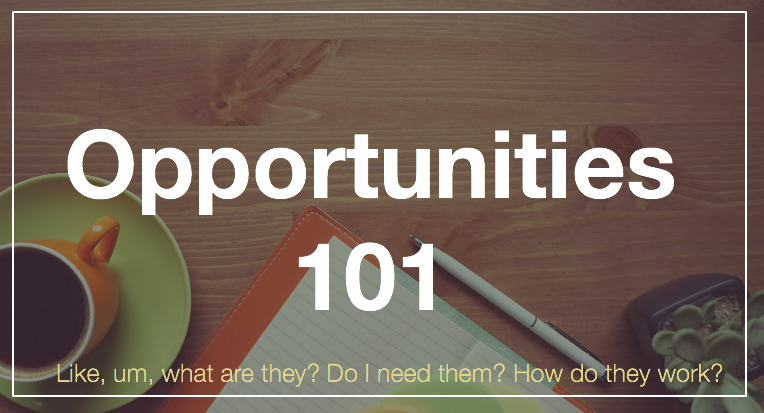
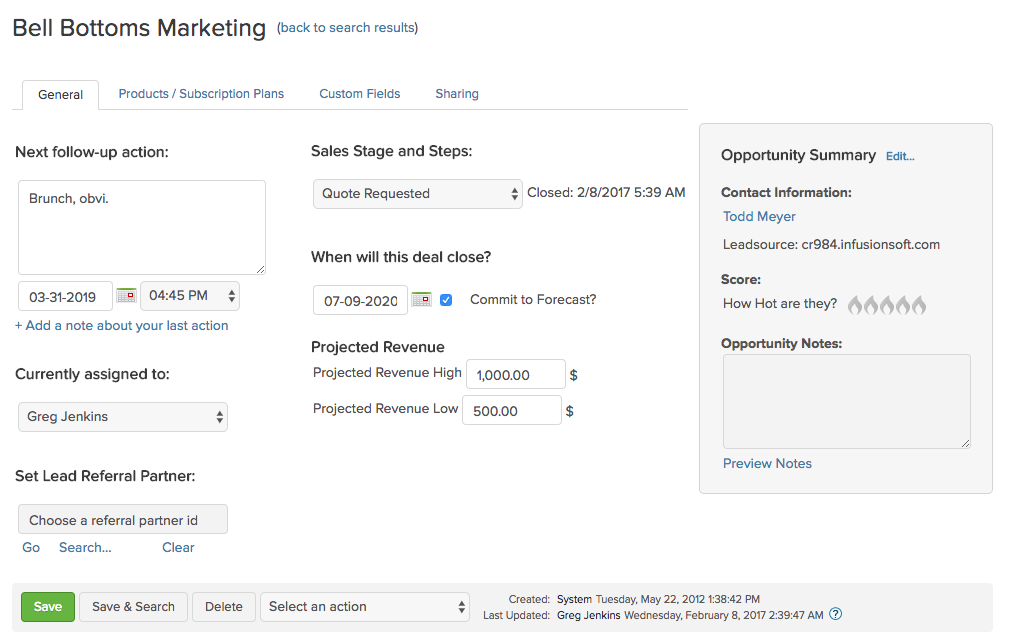
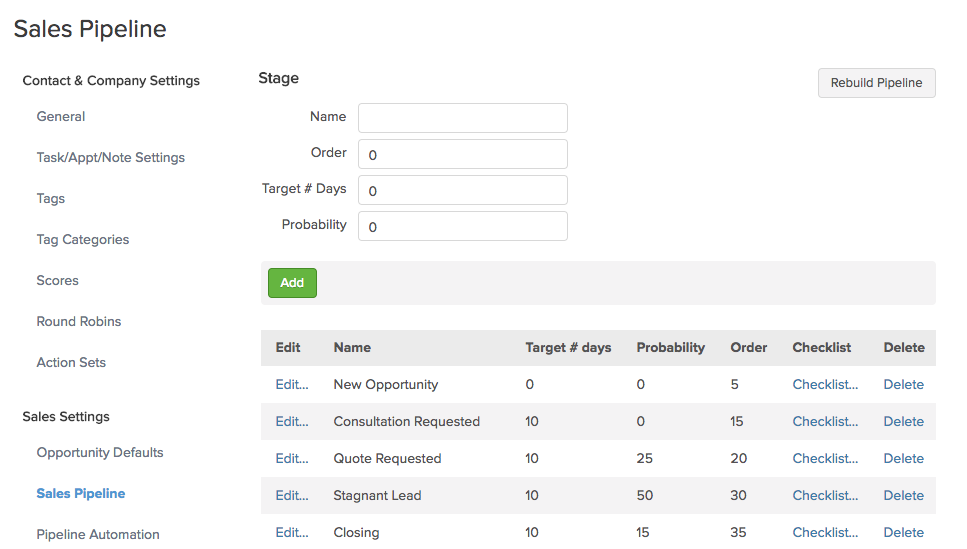
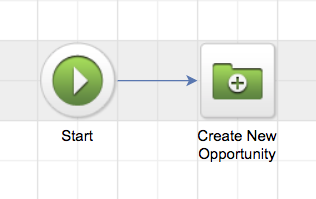
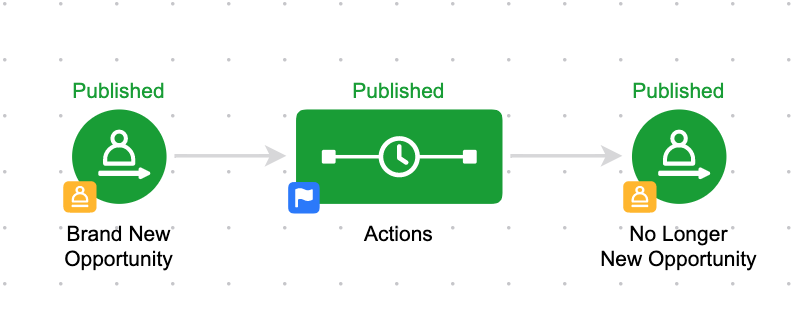
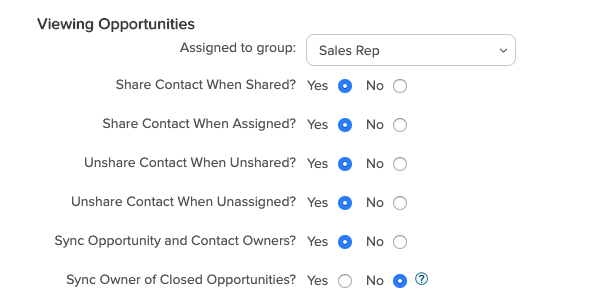






I’ve used opportunities over the years. And believe they are a very useful tool.
Opportunities deserve there own course. You linked to several articles and a 30-minute video and it made me think that you could do a better job of tying it all together than the other people. It made me remember that learning the basics of how to use opportunities was a project (hours).
Thanks for this article and training Gregory! I’ll be honest, I’ve never made an Opportunity but do have Tasks setup for human interactions in existing campaigns, so your email spoke to my inner Infusionsoft fears – well done! Wondering, if I were to improve my campaign / funnels and add Opportunities into an existing sales process, would I be best to create a brand new campaign, or try to integrate into the existing campaign? It’s hard to know where to start… Should I clone the campaign I want to update, then add my improvements then replace the entry point to the new campaign? What’s the best practice?
The first question is to decide whether or not opportunities serve a purpose in your process. I don’t recommend setting them up just because you CAN.
Then, if you decide that opportunities ARE a fit, then I’d recommend starting by defining what your pipeline stages are. Just the high level milestones for that “journey”. Once you have that part ironed out – start using it.
You’ll notice that I haven’t even mentioned the campaign builder yet. The automation that the campaign builder offers is usually what I touch on last. Only after you’ve gotten in the habit of creating opps and moving them between stages can you start to say “Cool, this section here could use a follow up email.” or “We’re finding that folks are getting stuck in this particular stage – so let’s build something that helps address that”.
Instead of thinking of this as a replacement for your existing process – I’d look at it as a supplementary tool that works in tandem with your automation. 🙂
Great stuff Greg, as usual. This definitely makes it easy for the novice to understand. A side note is that, although it doesn’t have automation yet (coming very soon), the oppotrunity records do allow for multiple contacts and team members in the new Infusionsoft UI.
This is an article I’ll fefinitely send to those who want to know what opps do in the future.
Thanks Jon! And good to know about the upcoming changes – it’s about time the Opportunity section got a little love. 🙂